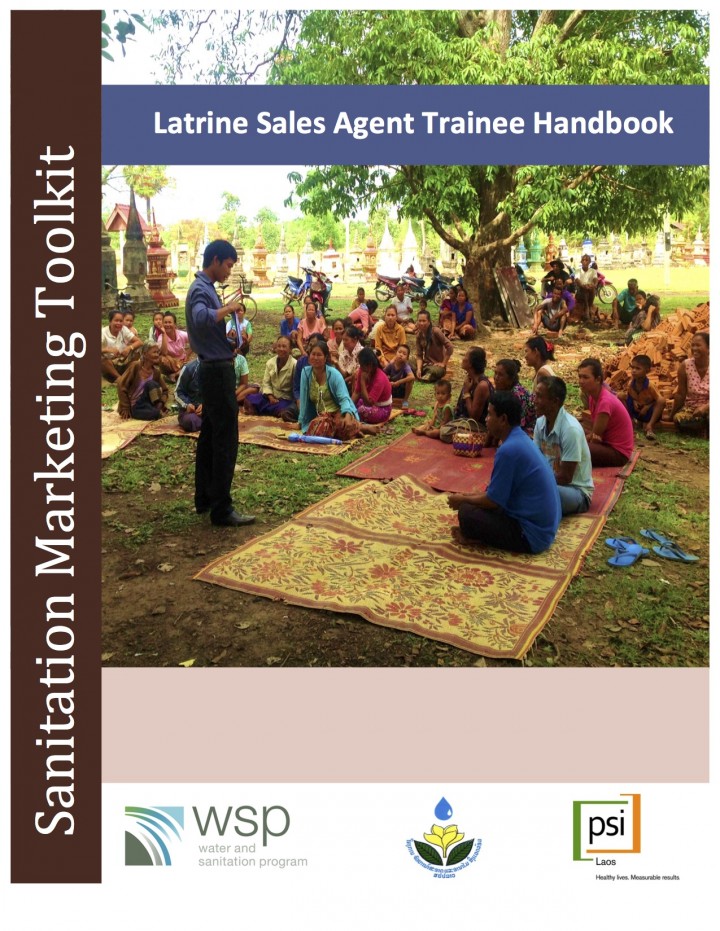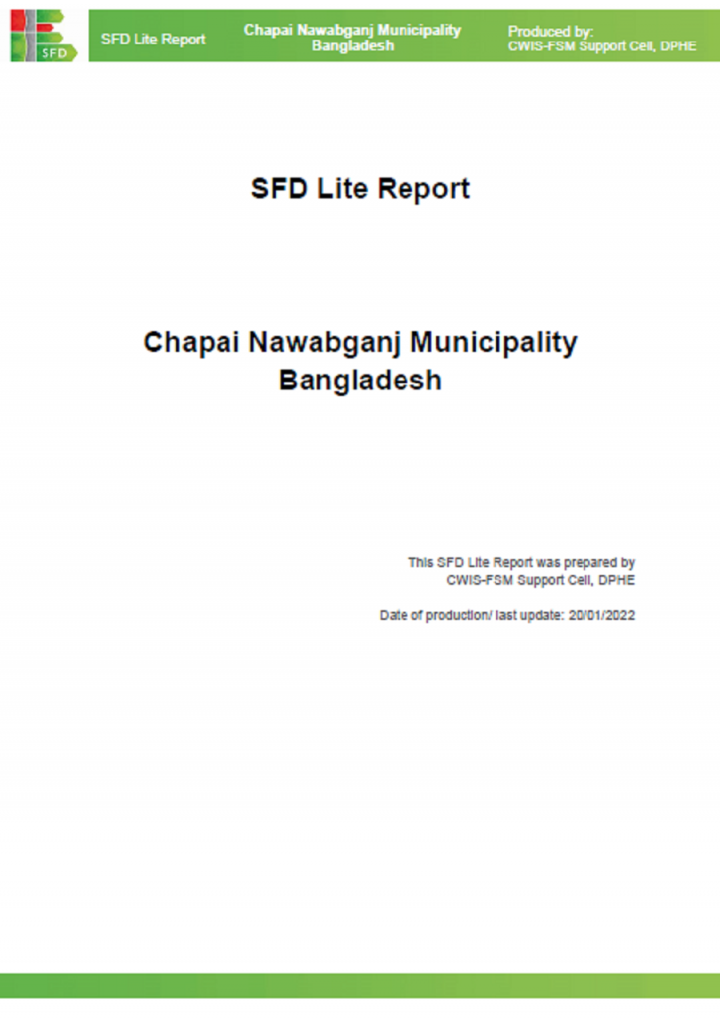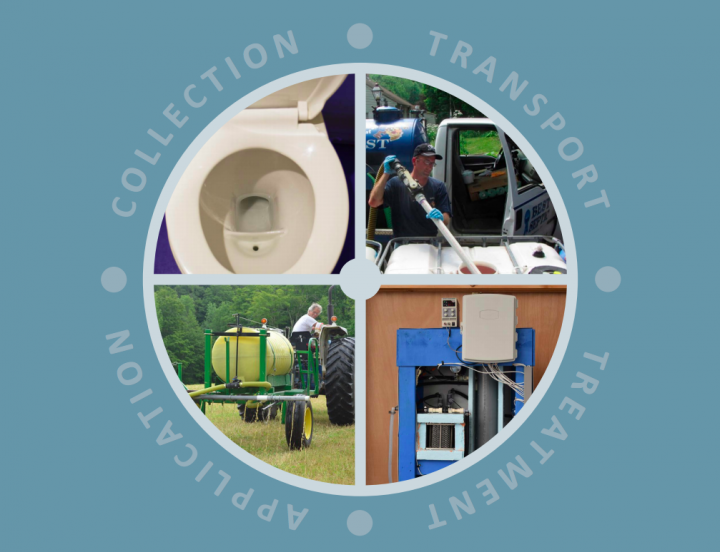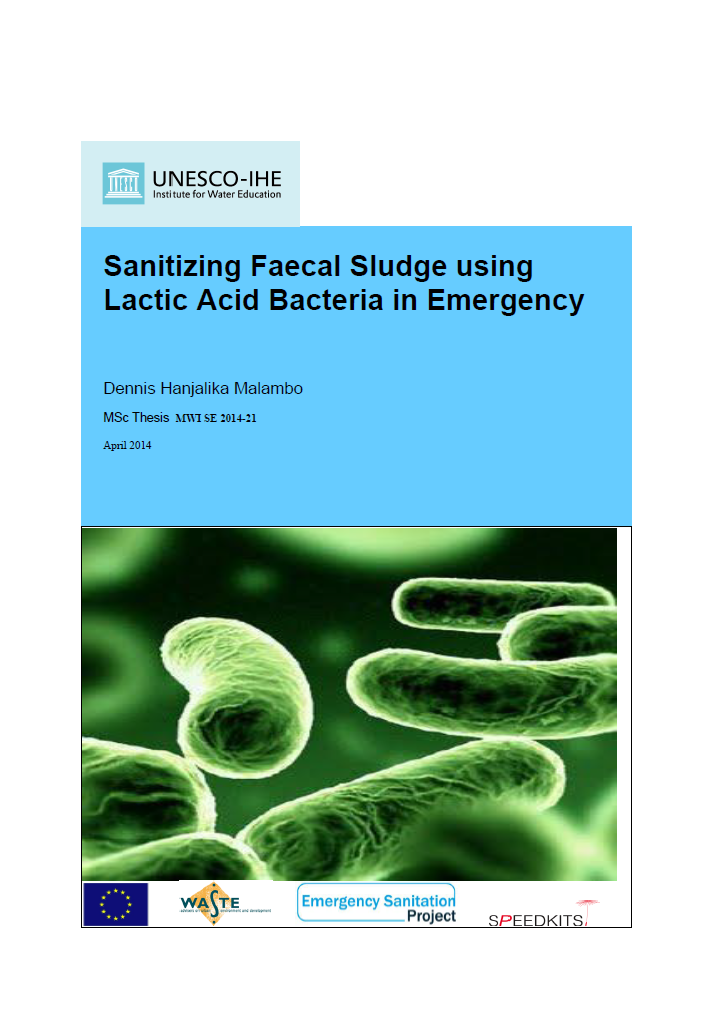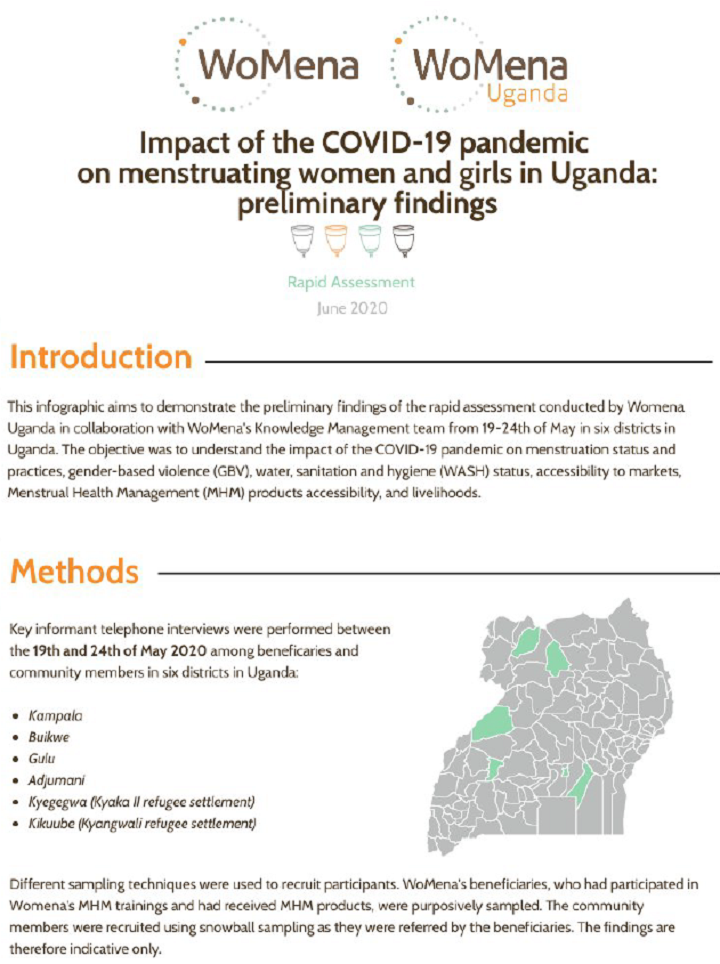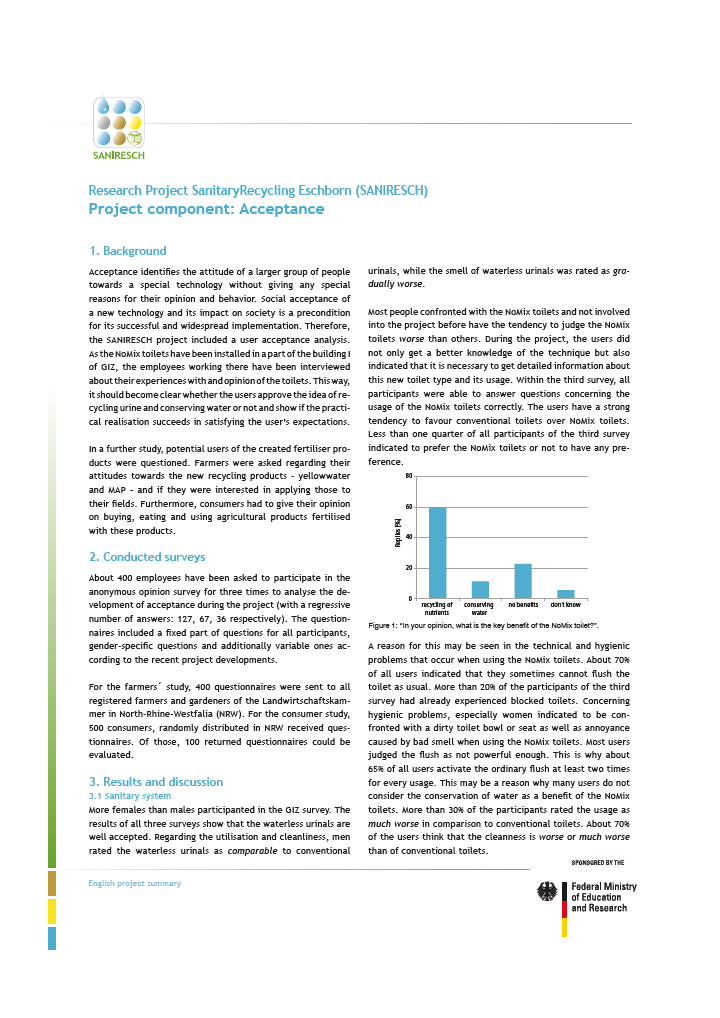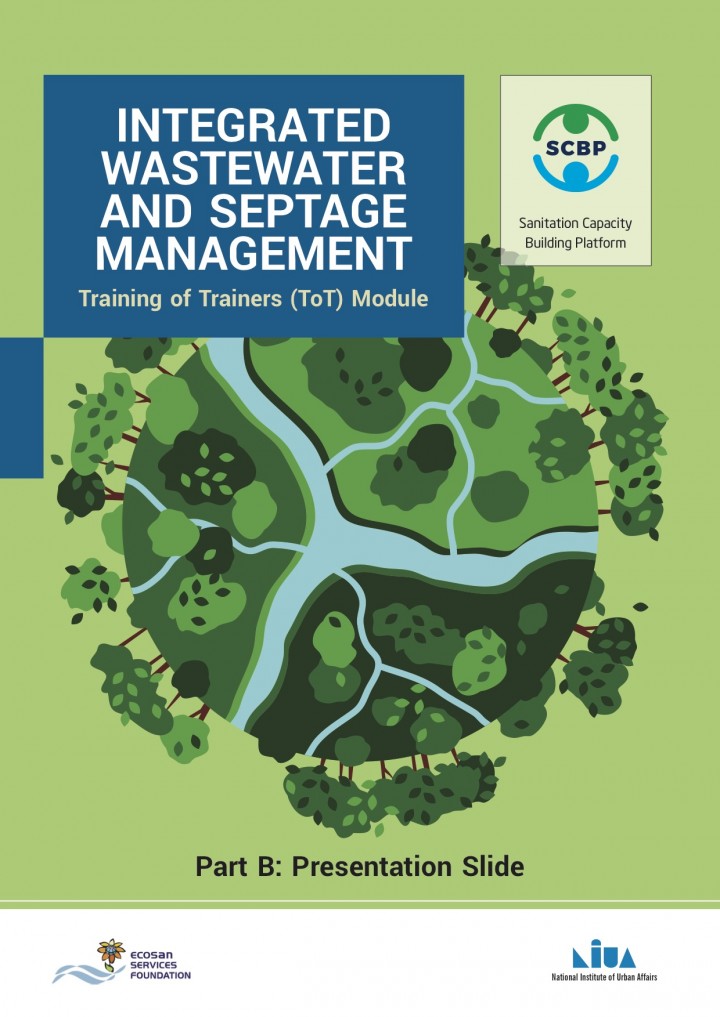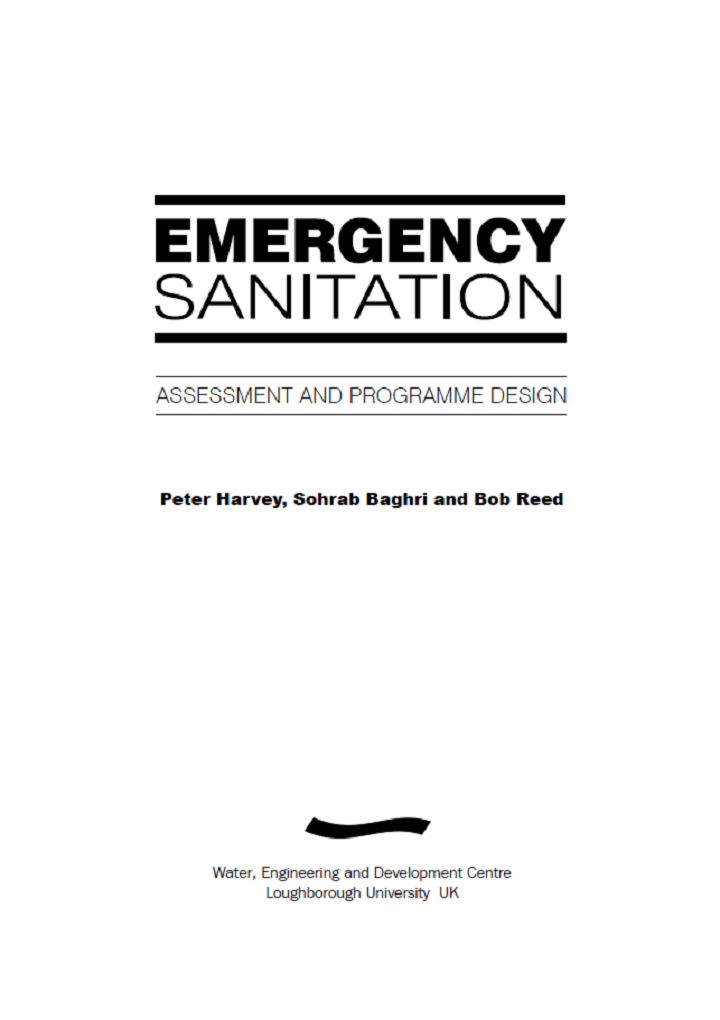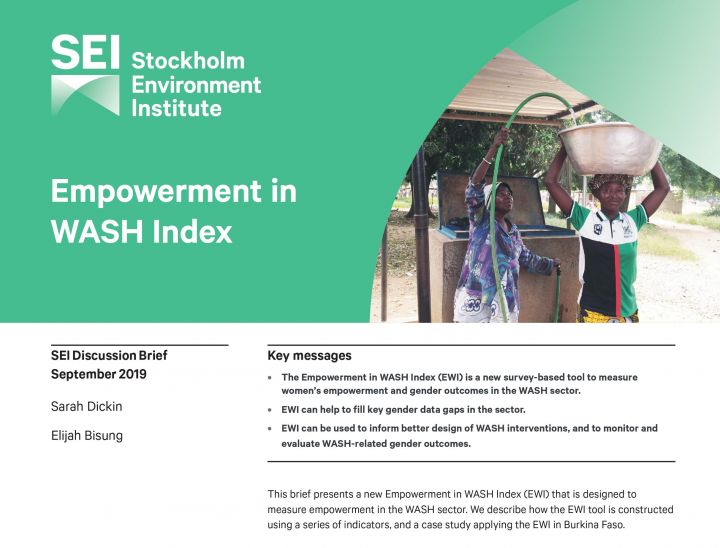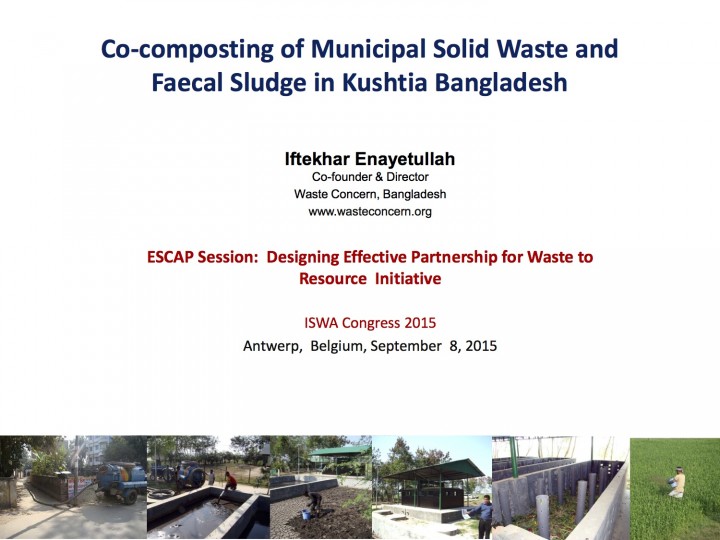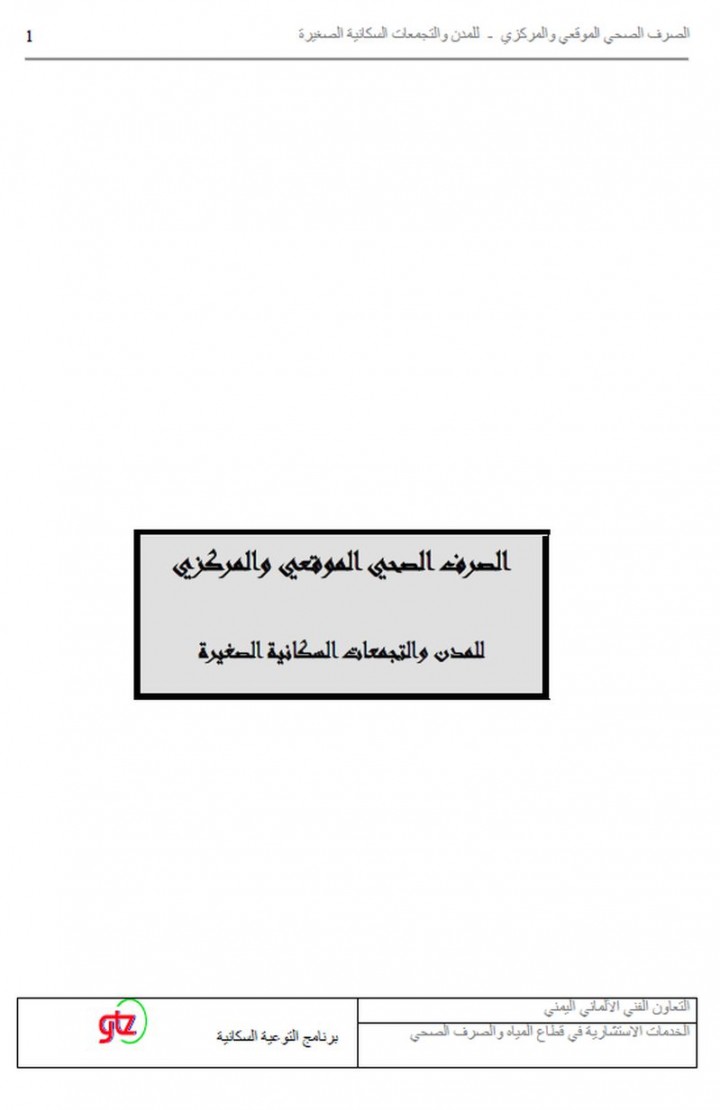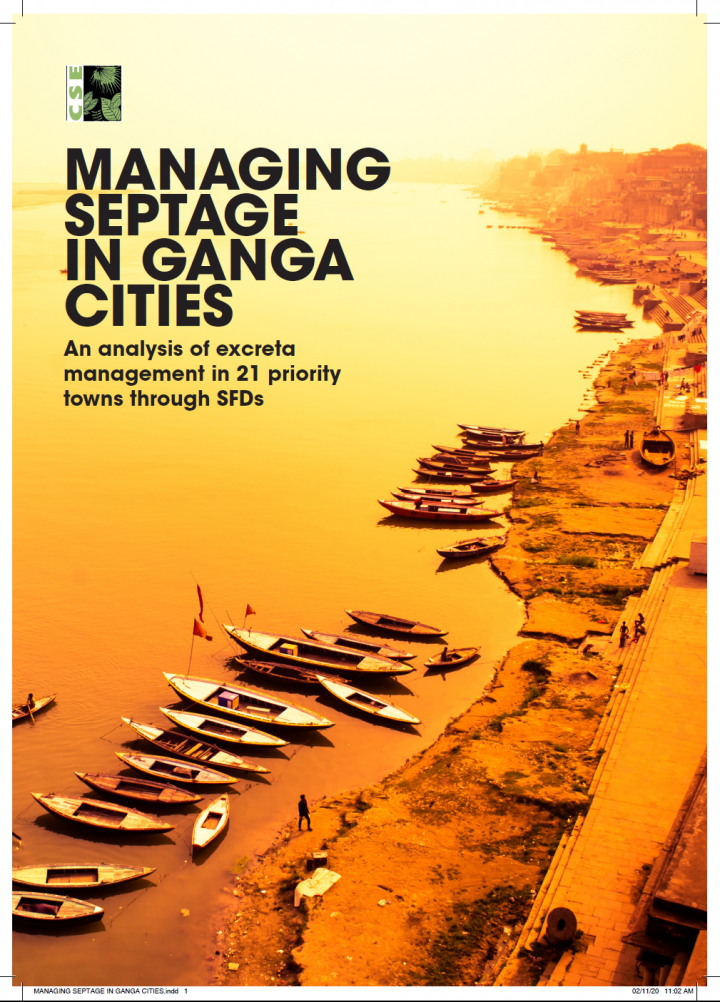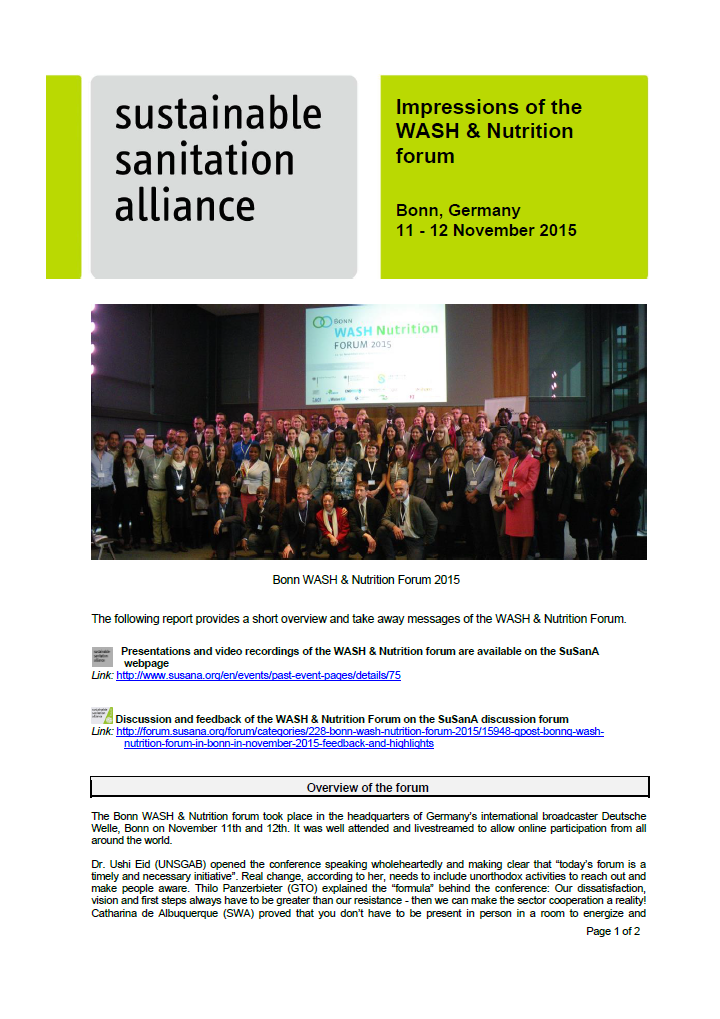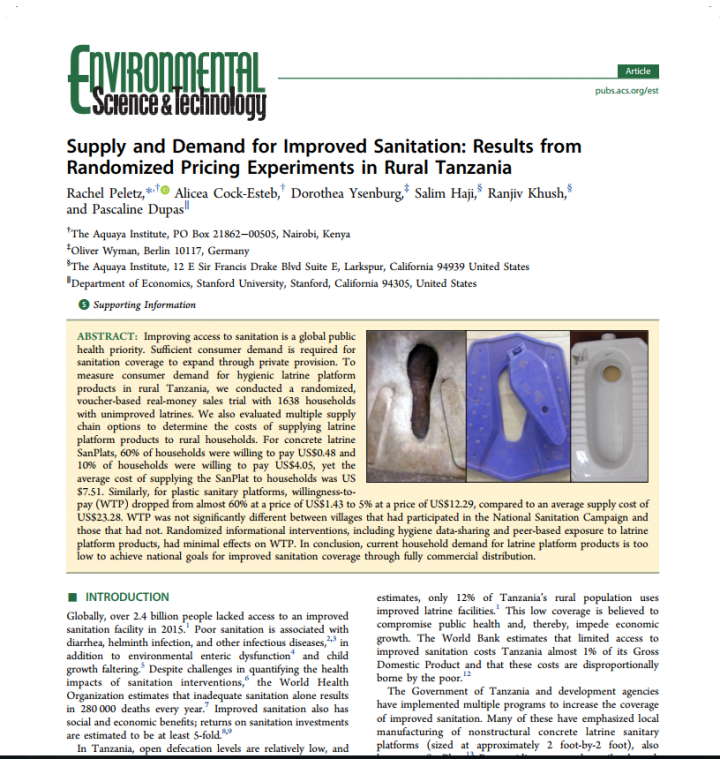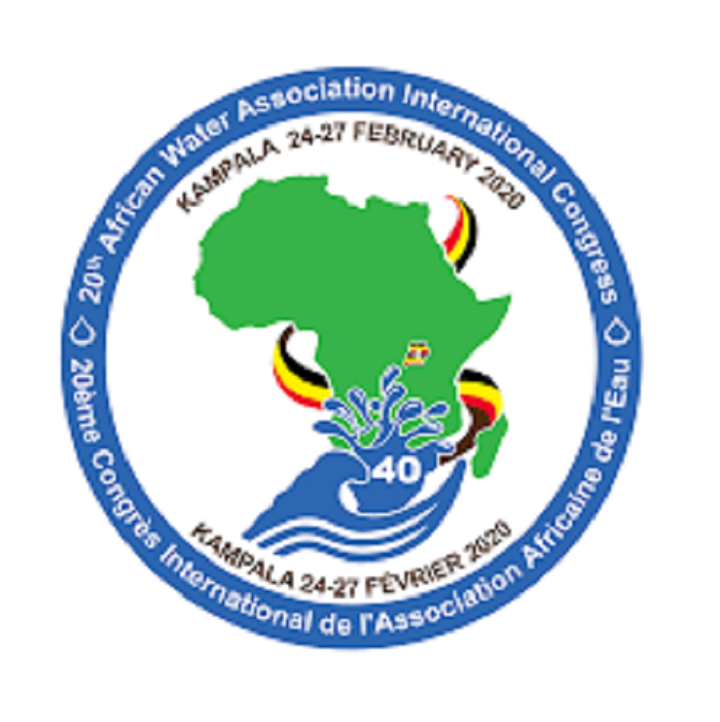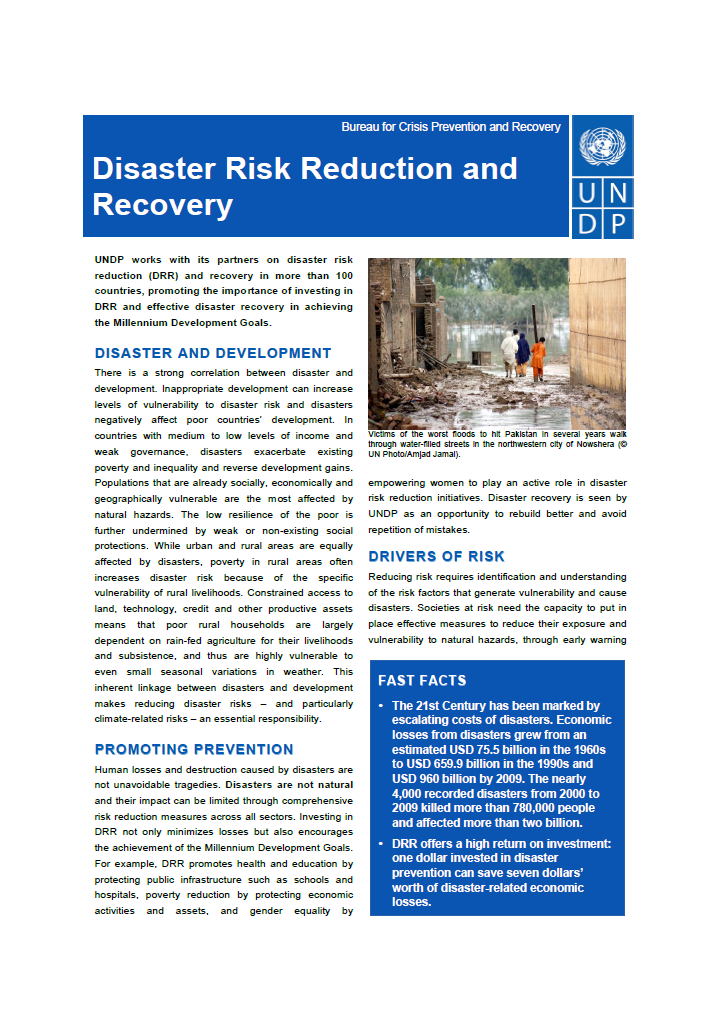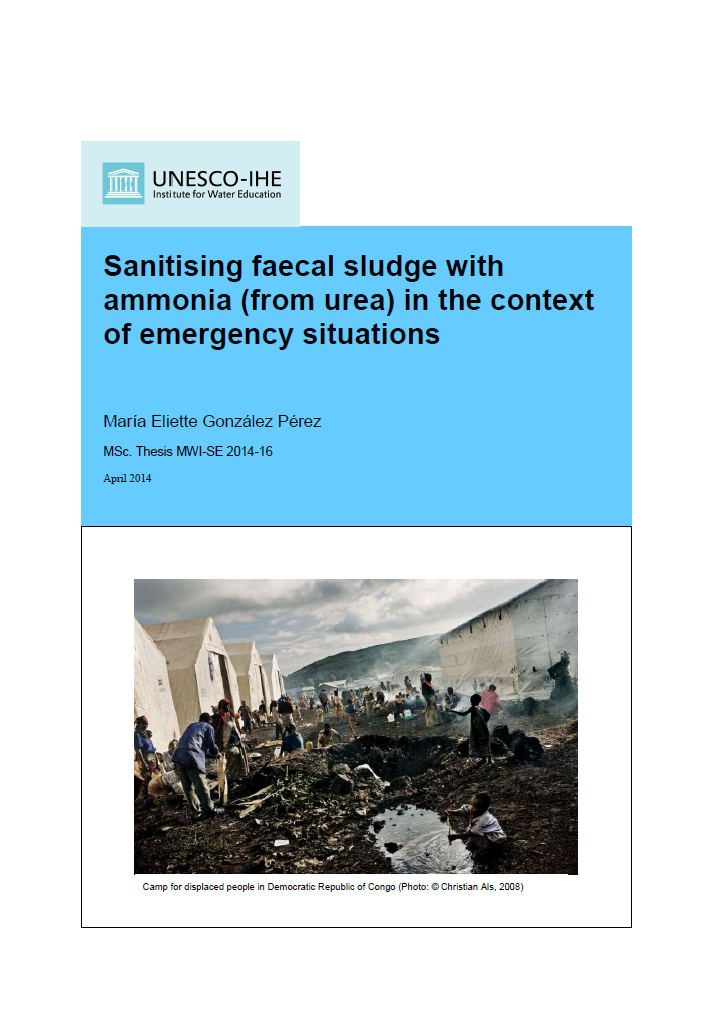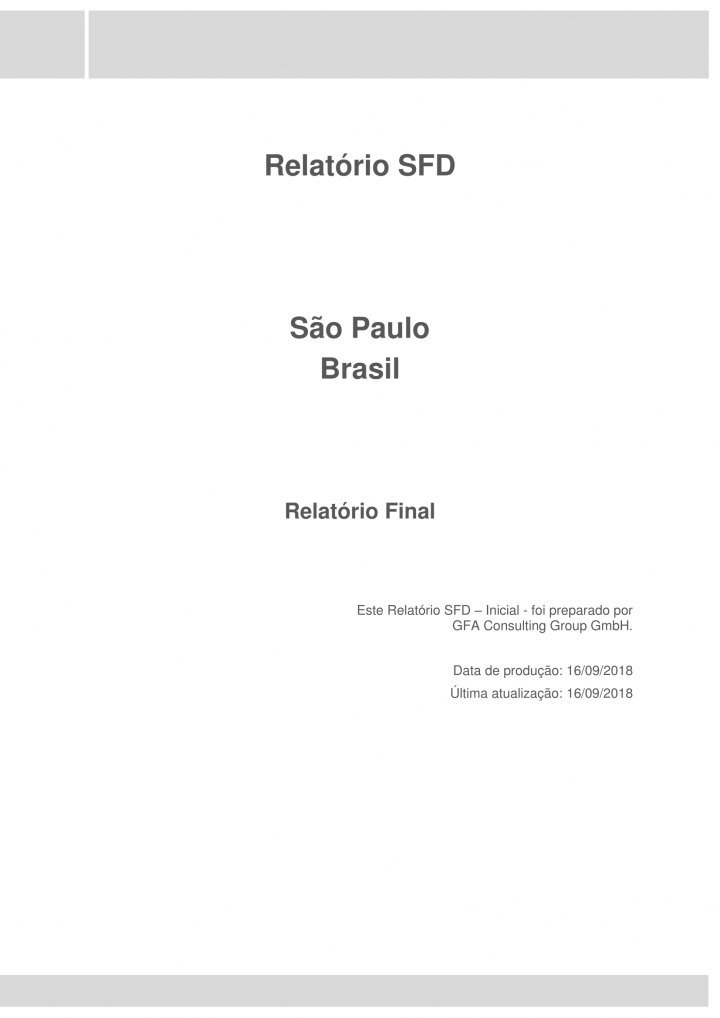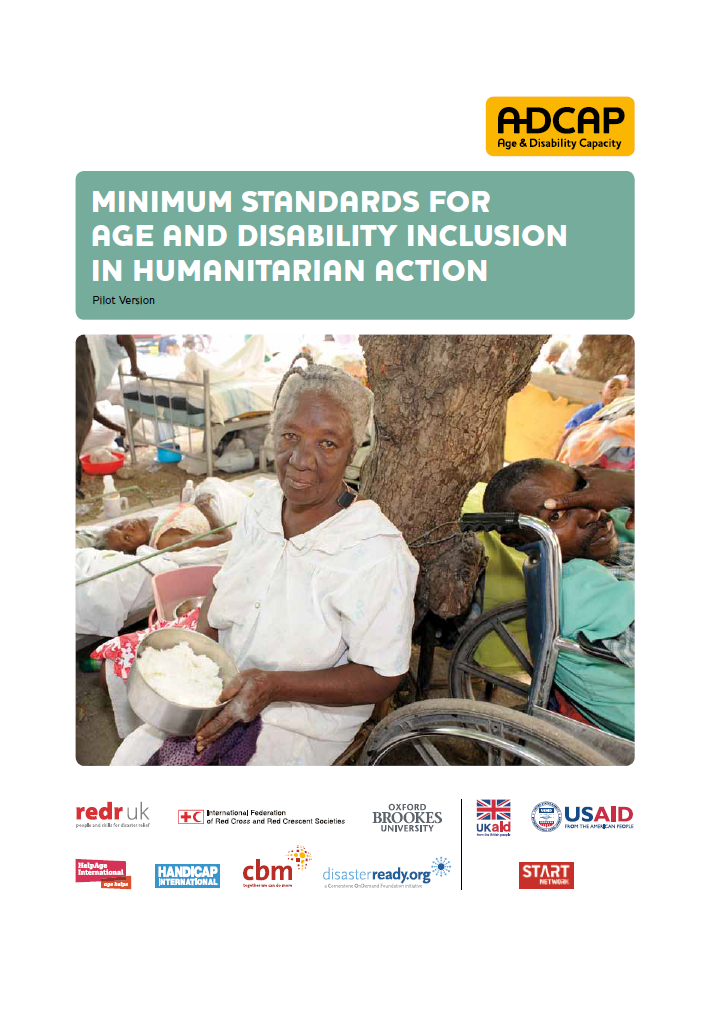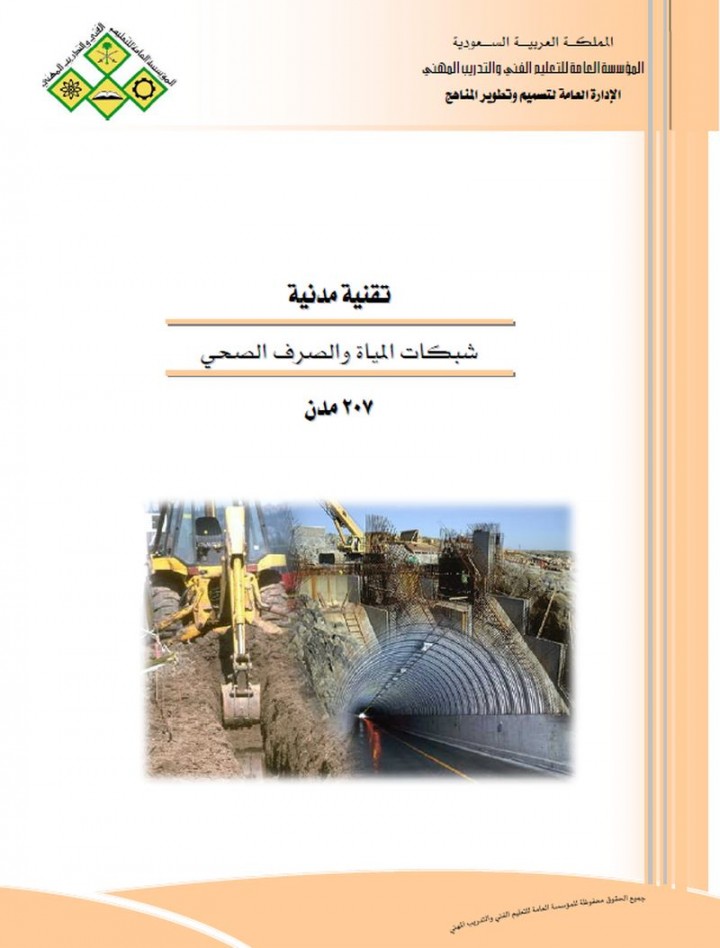Searching for information on Sanitation Workers?
The Sanitation Workers Knowledge + Learning Hub is the best source for all current news, trends, articles and updates on sanitation workers rights around the world.
This manual provides the responsibilities of all sales agents and the tools, strategies and information you need to do so. This manual may be revised occasionally to reflect new policies or procedures. Sales agents will receive revised sections or amendments to the manuals as they are made.
Chapai Nawabganj is a city and the district headquarters of Chapai Nawabganj District in the division of Rajshahi, Bangladesh. It is located in the north-western part of Bangladesh. Chapai Nawabganj is a fast-growing city, which is 297 km away from Dhaka, the capital of the country. It is beside the Mohananda River and it is well connected with roads and railways. It is one of the oldest towns in …
The Rich Earth Institute’s Urine Nutrient Reclamation Program (UNRP) is the first community-scale urine diversion program (UD program) in the United States. Initiated in 2012, we now divert thousands of gallons of urine from the wastewater stream annually. We recycle the urine into sanitized fertilizer and apply it to hay fields on participating farms in Windham County, Vermont. Demand for …
Providing safe excreta collection and disposal in emergency situations has remained one of the most urgent priorities in the disaster relief effort. This is because of the high risk to human health that exposed and unsanitized human excreta pose. With an increase in the frequency and intensity of natural disasters in recent years, humanitarian aid and related organisations worldwide are currently …
WoMena Uganda conducted a rapid assessment in collaboration with WoMena’s Knowledge Management team in six districts in Uganda to understand the impact of the COVID-19 pandemic on menstruating girls and women. The infographic shows the assessment’s preliminary findings on menstruation status and practices, gender-based violence (GBV), water, sanitation and hygiene (WASH) status, accessibility …
The acceptance of the innovative sanitation system and the utilisation of human urine was investigated within the SANIRSCH-project. In conjunction with the agricultural production / legal situation component farmers were asked if they would be willing to fertilise their agricultural crops with human urine. In a second study consumers were asked if they would find products fertilised with urine …
In 2018, the WASH sector was surprised by three new high-quality studies (WASH Benefits, Kenya and Bangladesh and SHINE, Zimbabwe) that showed little or no impact of selected WASH interventions on reducing childhood diarrhoea and stunting. Some practitioners, researchers and funders have reacted by questioning the value of investing in WASH compared to other public health interventions and how …
The Compendium is available in English and Arabic. It covers the following topics:
(A) Decentralized Wastewater Management in the light of Adaptation to Climate Change
(B) Domestic Wastewater Reuse in the Context of Decentralized Wastewater Management in Jordan for Climate Change Adaptation
(C) Business Models for Decentralized Wastewater Management in Jordan
(D) Social acceptance as a …
Integrated Wastewater and Septage Management Module
The Module provides a good understanding of the landscape of waste water and urban sanitation challenges and a conceptual understanding of waste water and septage treatment systems. The module looks at a city/town waste water and sanitation lansdcape and explore technology solutions. Part C of the Manual is for Trainers. Part A and Part B …
Perceptions of what constitutes an ‘emergency’ vary between personnel and between organisations. Generally, an emergency may be considered to be the result of a man-made and/or natural disaster, whereby there is a serious, often sudden, threat to the health of the affected community which has great difficulty in coping without external assistance.
This book has been written to help all …
This brief presents a new Empowerment in WASH Index (EWI) that is designed to measure empowerment in the WASH sector. We describe how the EWI tool is constructed using a series of indicators, and a case study applying the EWI in Burkina Faso.
The EWI measures agency, participation and empowerment in the water and sanitation sector. The Index is made up of indicators to assess empowerment in …
1. Background of Kushtia Municipality
2. Solid Waste Management in Bangladesh
3. Sanitation Situation in Bangladesh
4. Faecal Sludge Management Situation in Bangladesh
5. Problem of Solid and Faecal Sludge Waste Management
6. Pilot Intervention on Faecal Sludge Management in Kushtia
7. Key Findings
Convenors: Food and Agriculture Organization of the United Nations (FAO), German Agency for Technical Cooperation (GTZ), International Fund for Agricultural Development (IFAD), International Centre for Soil Fertility and Agricultural Development (IFDC), International Water Management Institute (IWMI), Stockholm Environment Institute (SEI), Swedish University of Agricultural Sciences (SLU), United …
This handbook supports the implementation of health programmes in deprived environments, in particular in closed settings like refugees and displaced persons camps, in health structure. The purpose is to increase the effectiveness with which relief workers can provide sound water, hygiene and sanitation assistance in precarious situations.
Namami Gange (a national mission for cleaning the Ganga River) is not just about physical cleaning of the river, it is about rejuvenating it and ensuring that it is ever flowing (Aviral) with clean (Nirmal) water. To achieve the same, a comprehensive approach is required which cuts across a lot of sectors. Human excreta (wastewater, faecal sludge, and supernatant) is one of the main causes for …
High-level experts from the sanitation and nutrition sector gathered together in the headquarter of Germany’s international broadcaster Deutsche Welle, Bonn for the WASH and Nutrition Forum on November 11th and 12th to discuss strategies for integrating WASH and nutrition programming in development and humanitarian contexts.
Improving access to sanitation is a global public health priority. Sufficient consumer demand is required for sanitation coverage to expand through private provision. To measure consumer demand for hygienic latrine platform products in rural Tanzania, we conducted a randomized, voucher-based real-money sales trial with 1638 households with unimproved latrines. We also evaluated multiple supply …
Please browse the AfWA ICE 2020 presentations repository. The repository is made up of the six tracks that the Congress comprised of. Under each track, there are the different days of the Congress i.e 24th, 25th , 26th Feb 2020. Under the folder of the date, you will find the presentations. Thank you for attending the historic and largest Water Congress in Africa.
Track 1: Water …
In an emergency situation, the collection, treatment and disposal of the human excreta and waste in a safe way is one of the biggest challenges to face, regardless the type of disaster. When it comes to faecal sludge management, the traditional desludging methods can often not be appropriate in an acute emergency phase. Consequently, relief organisations aim to apply new and simple approaches and …
O gráfico SFD foi construído para o município de São Paulo, capital do Estado de São Paulo e integrante da Região Metropolitana de São Paulo. É o município mais populoso do país e um dos maiores do mundo. Segundo Instituto
Brasileiro de Geografia e Estatística (2018) o município possuía 11.967.825 residentes em 2015. O município possui uma área de 1.521 km², densidade …
The main aim of this document is to support the inclusion of older people and people with disabilities in the programmes of all humanitarian organisations. Recognising that some people have specific needs requiring particular expertise, these Standards also encourage partnership and coordination with specialist organisations and associations representing people with disabilities or older …
In this report, the relationship between geographic location, project implementation process, and ten factors were analyzed. In the urban case study, major influential factors included the presence of aid money, education, and concentration of pollution. The greater part of the urban project is carried out by the policy makers, indicating a “topdown” approach to development. In the rural case …

